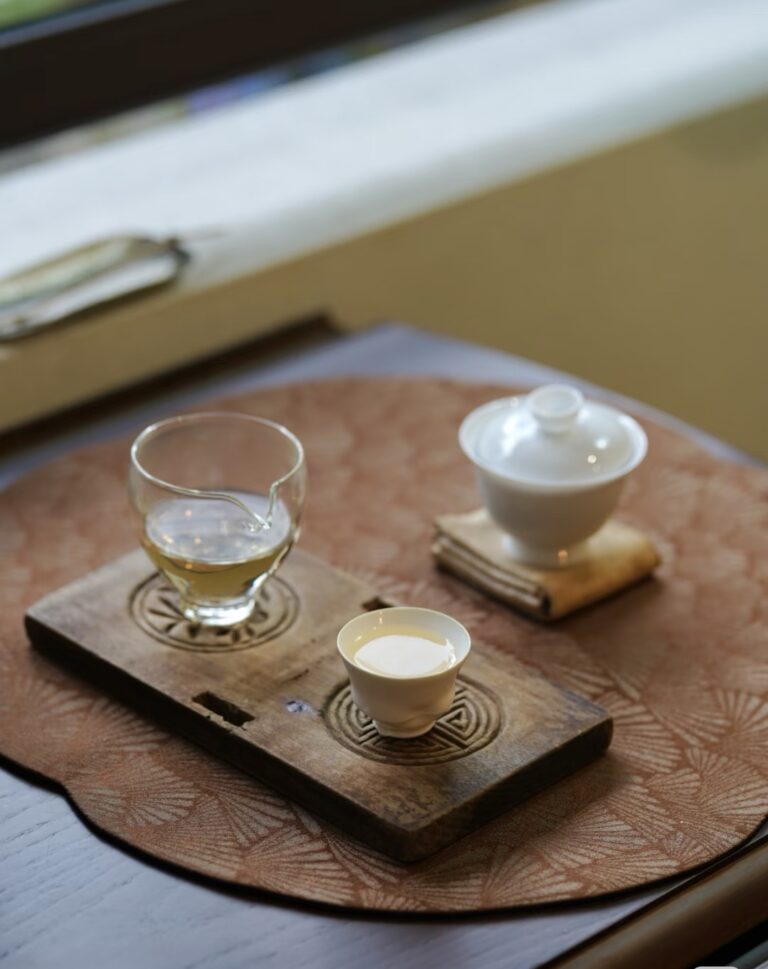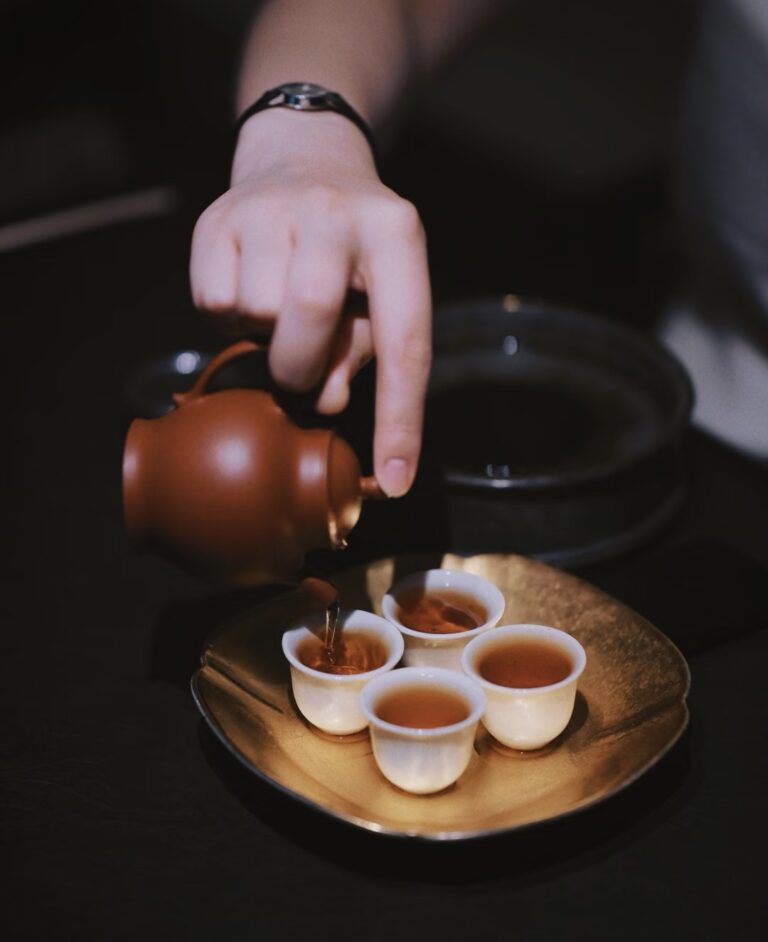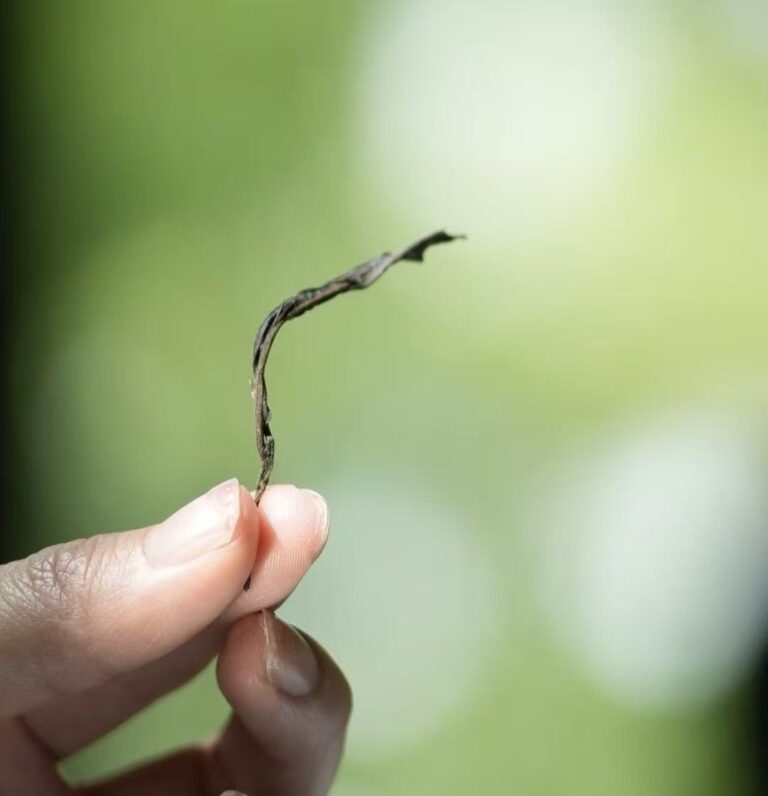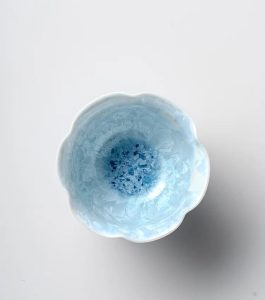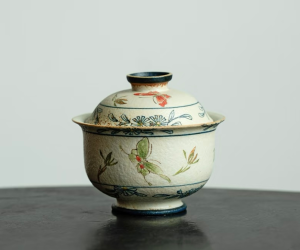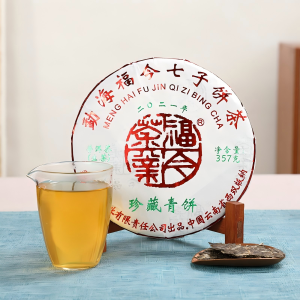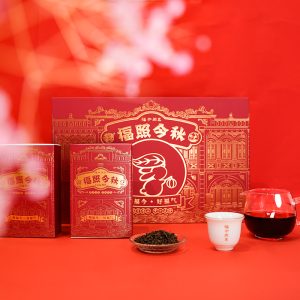
In the world of tea collecting, aged Pu-erh tea is revered as “drinkable antiques,” with values that appreciate over time. Whether you’re a seasoned tea collector or a newcomer to the fascinating world of Pu-erh tea, understanding the value assessment standards, authentication methods, and investment strategies can help you gain more enjoyment and returns in this captivating field. This article provides a comprehensive guide to aged Pu-erh tea valuation, helping you balance appreciation and investment.
Value Factors of Aged Pu-erh Tea
The value of aged Pu-erh tea is influenced by multiple factors. Understanding these factors is fundamental to assessing its true value:
Age and Maturation Level
Pu-erh tea is one of the few tea types that improves with age. Generally, older Pu-erh teas command higher values, provided they have undergone proper aging. Genuine aged Pu-erh tea typically features a rich mouthfeel, complex aromatic layers, and distinctive medicinal or date-like notes.
Production Region and Tea Mountains
The tea’s origin significantly impacts its value. Pu-erh teas from Yunnan’s six ancient tea mountains (Yiwu, Youle, Gedeng, Mangzhi, Yibang, and Manson), especially those made from ancient trees, often possess higher collection value. Different tea mountains produce Pu-erh teas with unique flavor profiles, which seasoned collectors actively seek.
Production Techniques and Quality
Traditionally handcrafted Pu-erh teas typically hold more value than mechanically produced ones. The tea master’s skill, raw material selection, and processing refinement directly influence the tea’s quality and aging potential.
Storage Conditions and History
Storage environment has a decisive impact on Pu-erh tea’s value. Ideal storage conditions should maintain appropriate temperature, humidity, and ventilation while avoiding odor contamination. Aged Pu-erh teas with clear, traceable storage histories are more favored in the market.
Scarcity and Market Demand
Limited production batches, discontinued classic recipes, or teas from specific ancient trees possess higher collection value due to their scarcity. Market demand and collection trends also influence price fluctuations of aged Pu-erh teas.
How to Authenticate Genuine Aged Pu-erh Tea
Counterfeit aged Pu-erh teas are not uncommon in the market. Here are several practical authentication methods:
Identifying Appearance Characteristics
Genuine aged Pu-erh tea cakes typically develop a natural white frost (tea mold) on the surface, with slightly loosened edges, and leaves appearing dark brown or reddish-brown. Counterfeits may use chemical methods to artificially accelerate aging, resulting in overly uniform appearances or unnatural luster.
Aroma and Flavor Profiles
Aged Pu-erh tea has complex and lasting aromas, potentially including date-like, medicinal, woody, or honey notes. Counterfeits typically have singular aromas or obvious artificial fragrance additives. When properly brewed, genuine aged Pu-erh tea liquor is rich in flavor with noticeable sweetness and long-lasting throat sensations.
Tea Liquor Color and Texture
Aged raw Pu-erh tea liquor typically appears amber or deep red with high transparency; aged ripe Pu-erh tea liquor appears deep red or dark brown with a smooth texture. Counterfeit products may produce cloudy or overly vibrant liquors.
Common Counterfeit Methods to Watch For
Common counterfeit methods in the market include: using low-quality new tea for rapid fermentation, adding fragrances to simulate aged aromas, and using chemicals to accelerate aging. Before purchasing, it’s best to consult reputable tea merchants or refer to professional authentication opinions.
Investment Value of Aged Pu-erh Tea
Advantages of Pu-erh Tea as an Alternative Investment
Compared to traditional investments, Pu-erh tea offers advantages such as being drinkable, easily preserved, and compact in size. High-quality aged Pu-erh tea prices grow steadily, with average annual appreciation rates of 10-20%, and remain unaffected by financial market fluctuations.
Value Growth Patterns and Principles
Pu-erh tea value growth typically follows the “quality-scarcity-demand” trinity. Quality teas improve with time, decrease in quantity, and increase in demand, forming a positive appreciation cycle.
Investment Risks and Precautions
Pu-erh tea investments also carry risks, such as market speculation, counterfeits, and quality deterioration due to improper storage. Beginners are advised to start with small investments and gradually accumulate experience and knowledge.
Collecting and Storing Aged Pu-erh Tea
Ideal Storage Environment Conditions
The ideal Pu-erh tea storage environment should maintain temperatures between 20-25°C (68-77°F), relative humidity between 60-70%, good ventilation, and absence of odors. Avoid direct sunlight and frequent temperature and humidity fluctuations.
Professional Storage Tool Recommendations
We recommend using FONG’S TEA professional purple clay tea storage jars or traditional ceramic tea canisters for storage. These materials can regulate humidity and protect tea leaves from external environmental influences.
Recommended Aged Pu-erh Teas Worth Collecting
Classic Brands and Vintage Recommendations
Classic recipes from traditional factories like Dayi, Xiaguan, and Zhongcha, such as Dayi 7542 and 8582, are excellent choices for entry-level collectors. Pu-erh teas from before 2000 have entered maturity, with stable flavors and high collection value.
FONG’S TEA Selected Aged Pu-erh Products

Our carefully selected 2007 Fu Jin Premium Green Cake has undergone nearly 18 years of natural aging, featuring rich tea liquor, lasting sweetness, and is an excellent choice for tasting and collecting.
We also offer an Aged Pu-erh Tea Tasting Set, containing samples from different years and regions, helping you understand the diverse flavors of aged Pu-erh tea.
Conclusion
Collecting aged Pu-erh tea is both an investment and a living art. By understanding its value assessment standards, authentication methods, and storage techniques, you can gain more enjoyment and returns in this ancient yet modern field. Whether for drinking or investing, choosing quality aged Pu-erh tea is a wise decision.
We recommend beginners start with small tastings, gradually developing perception abilities for Pu-erh teas of different ages and regions before considering systematic collection. If you have more questions about Pu-erh tea, please refer to our Pu-erh Tea Basics page or contact FONG’S TEA’s tea masters for professional advice.

